20 Free Contemporary Architecture Photos transparent PNG images
Welcome to our collection of Contemporary Architecture Photos, featuring over 20 free AI-generated images. Explore a diverse array of stock photos, 3D objects, vectors, and illustrations showcasing the latest trends and innovative designs in modern architecture. Enjoy high-resolution downloads and use our 'open in editor' feature to customize prompts for your perfect image.
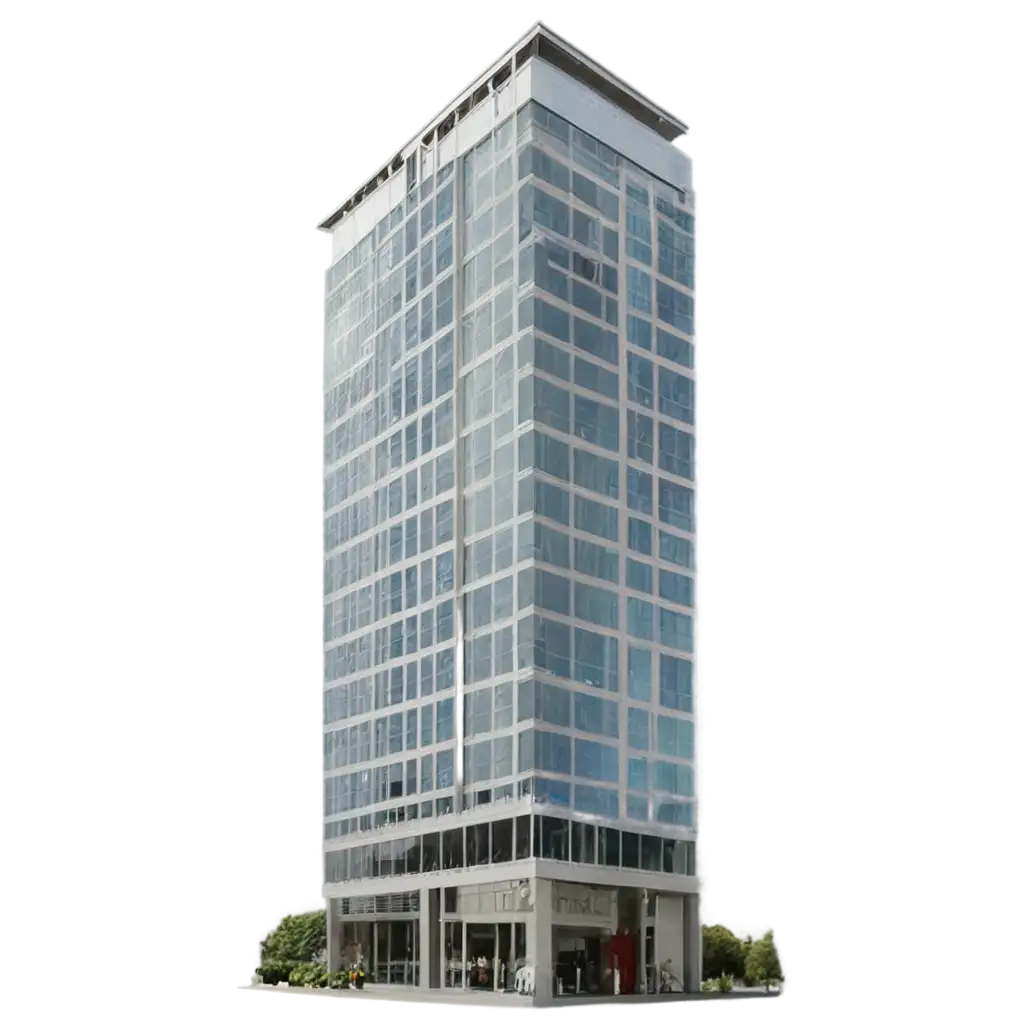

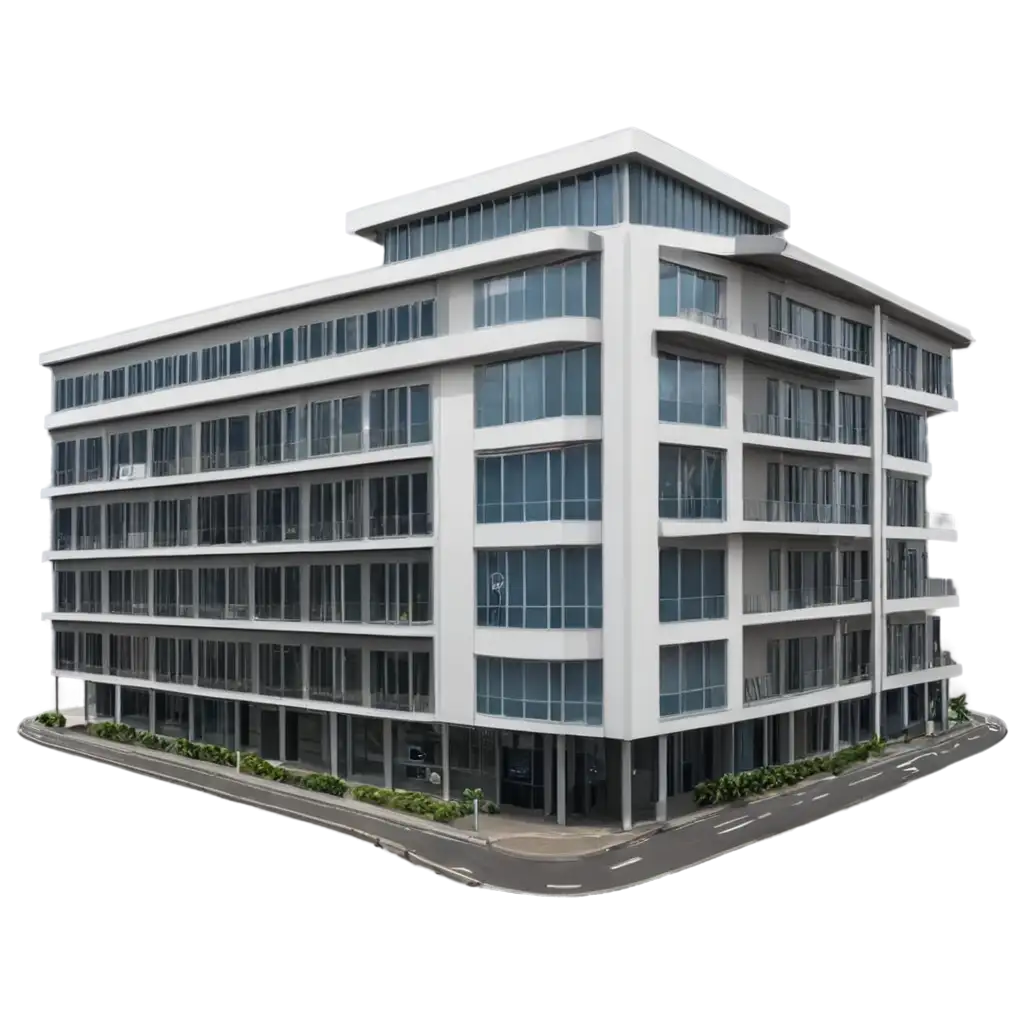
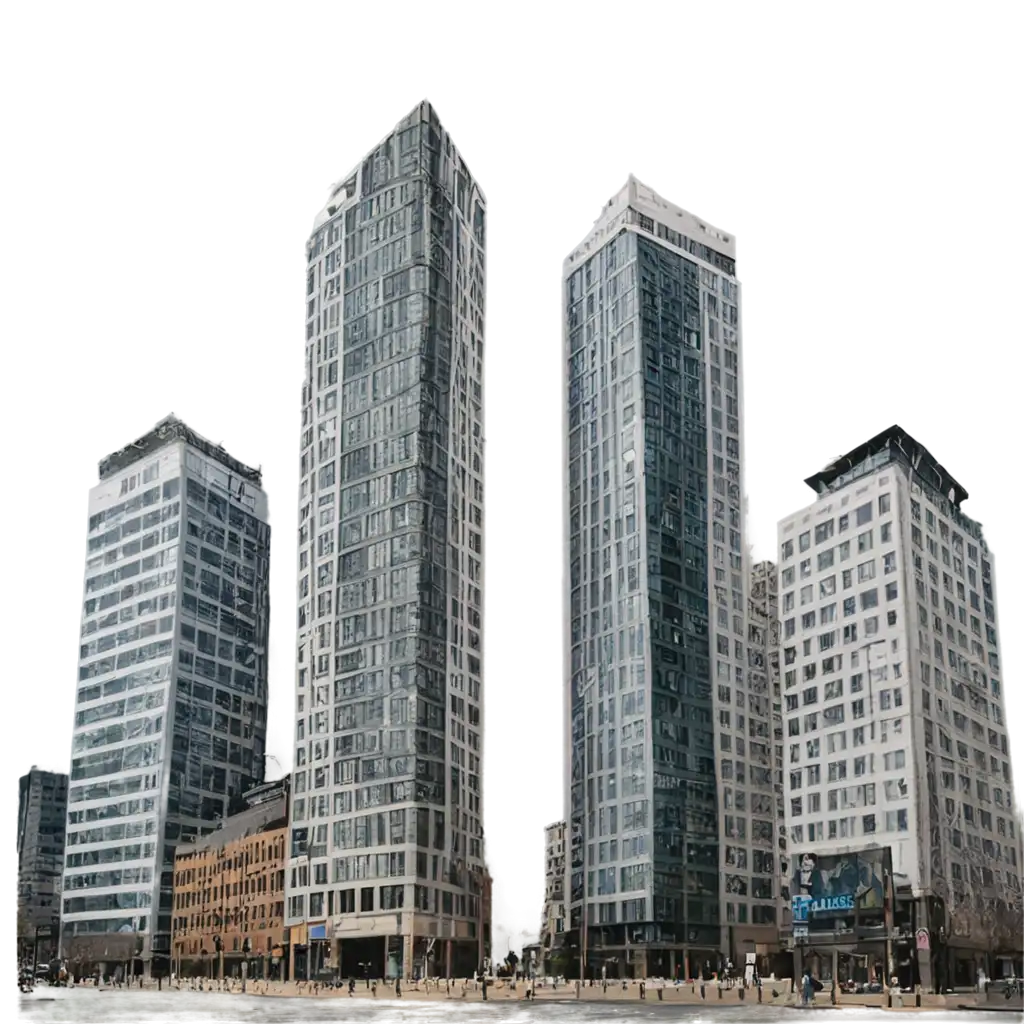
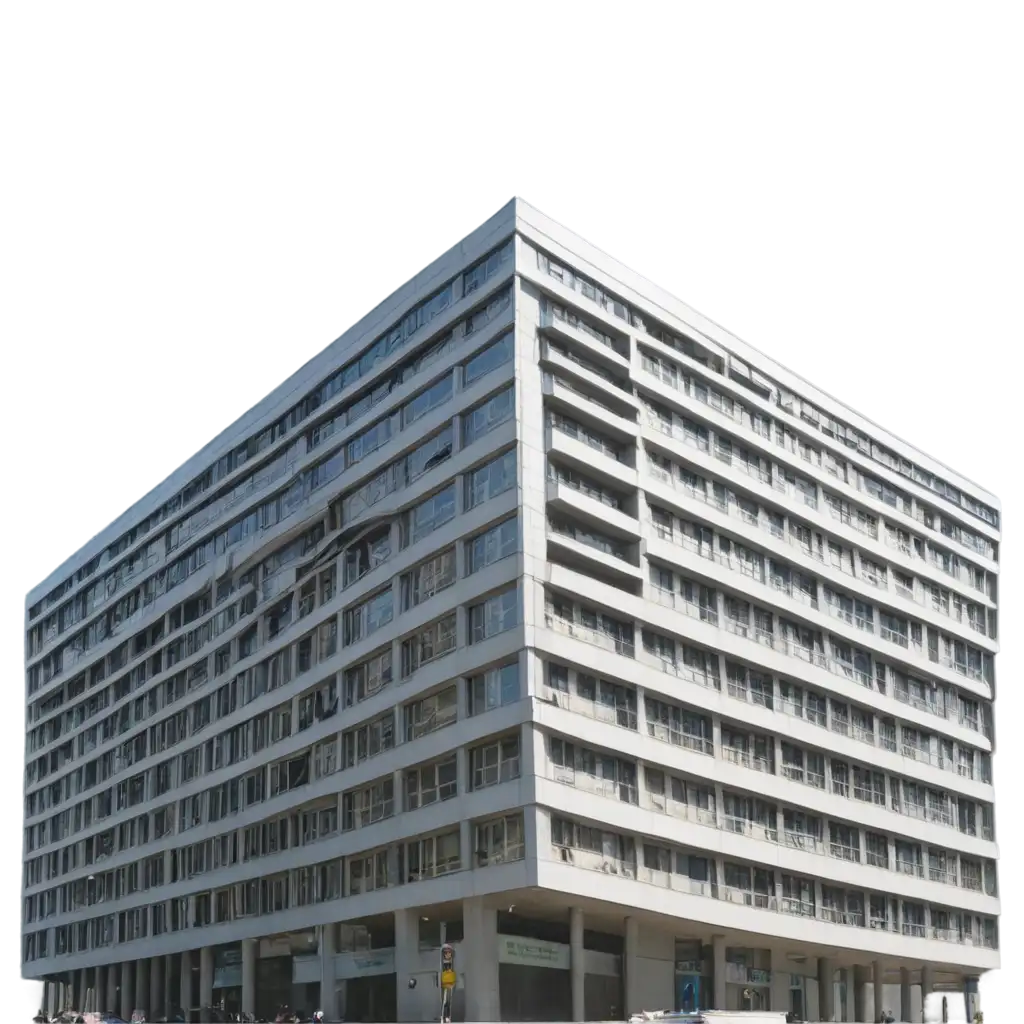
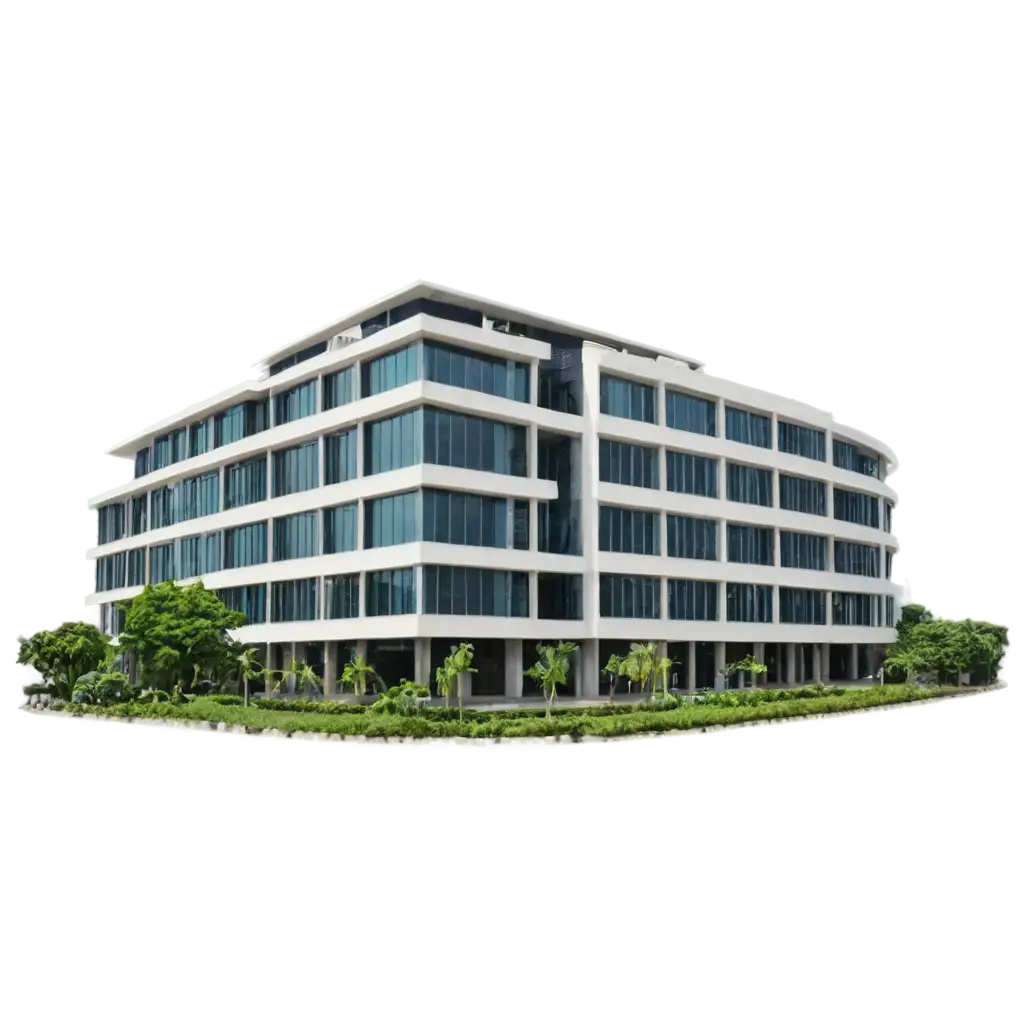

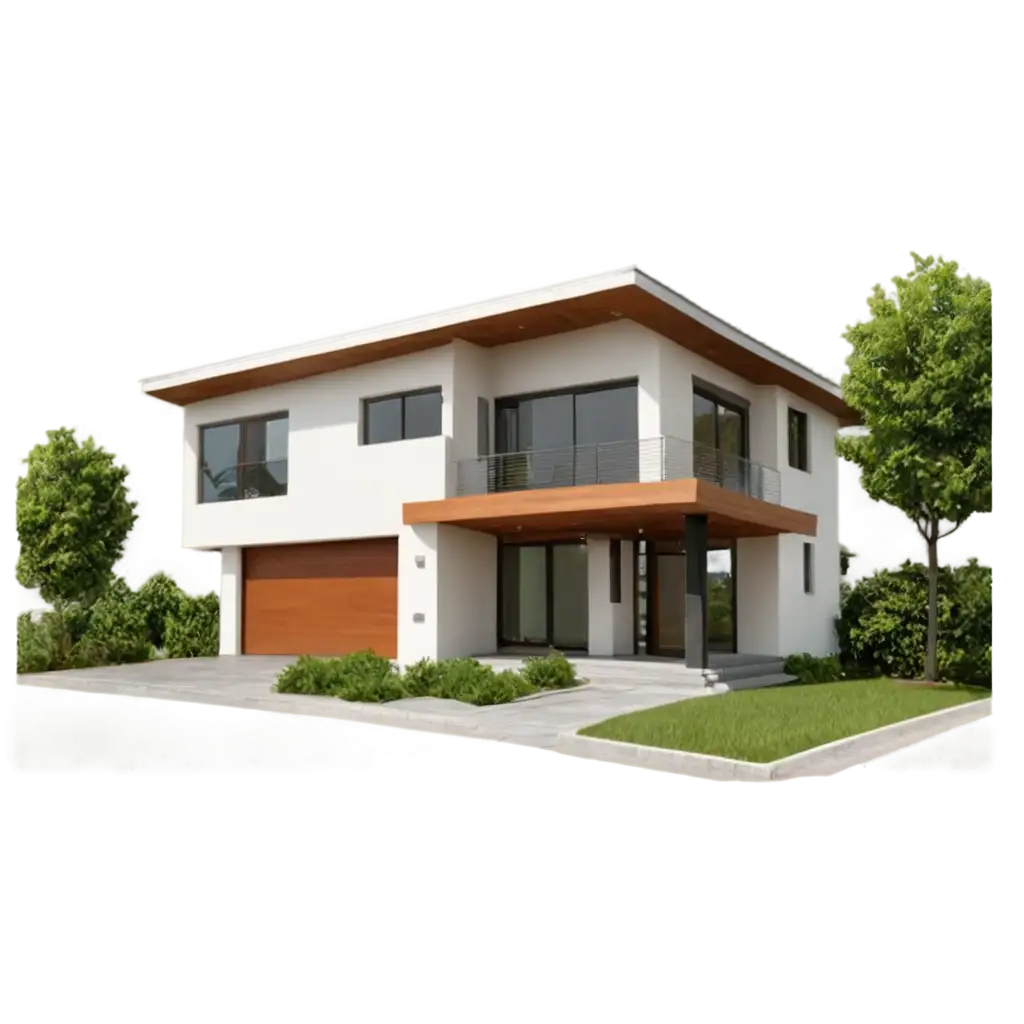
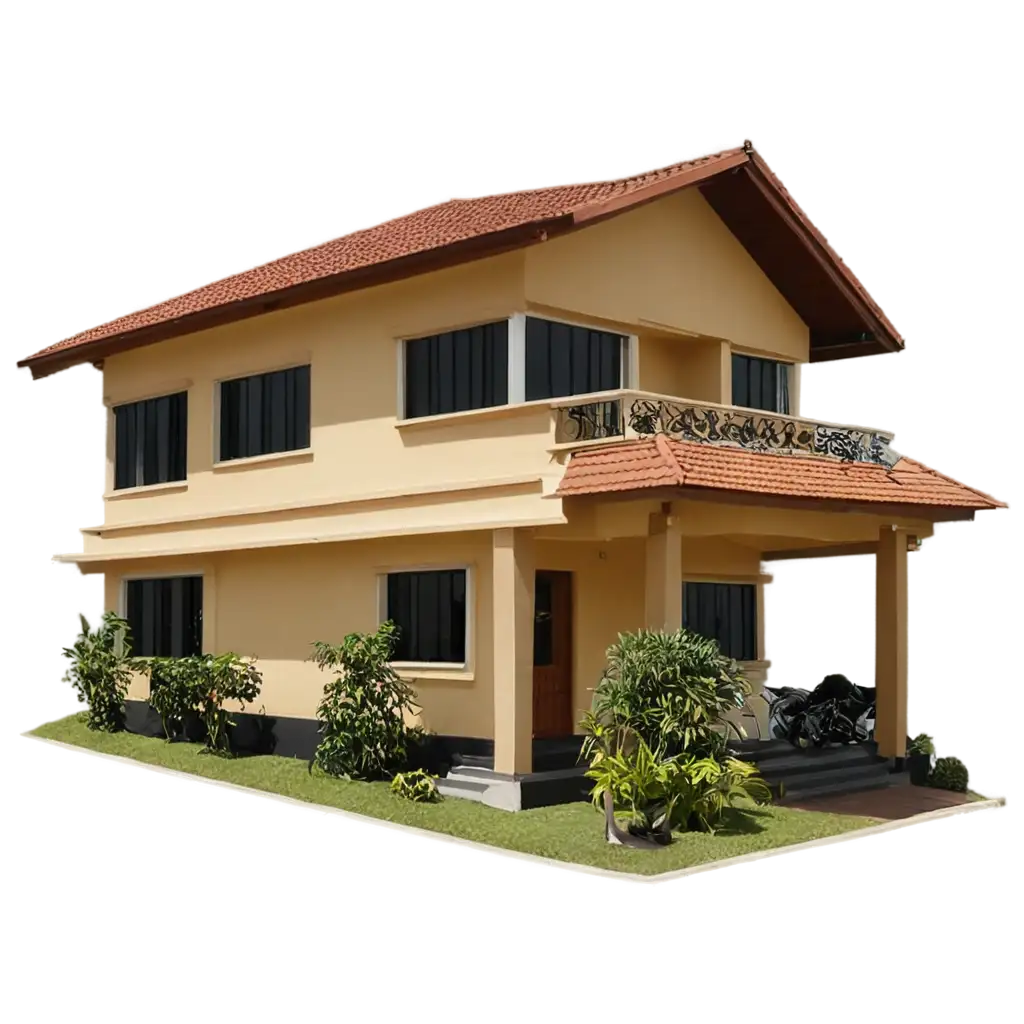

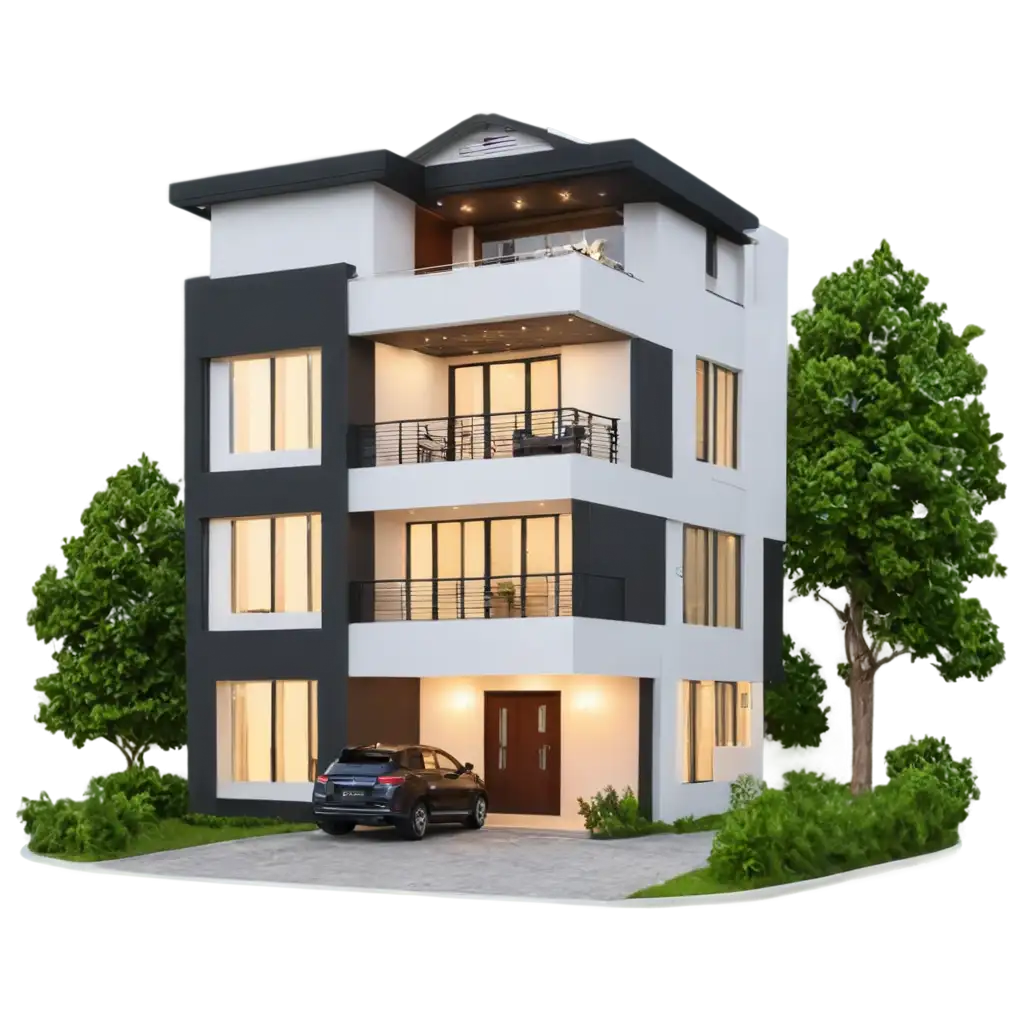
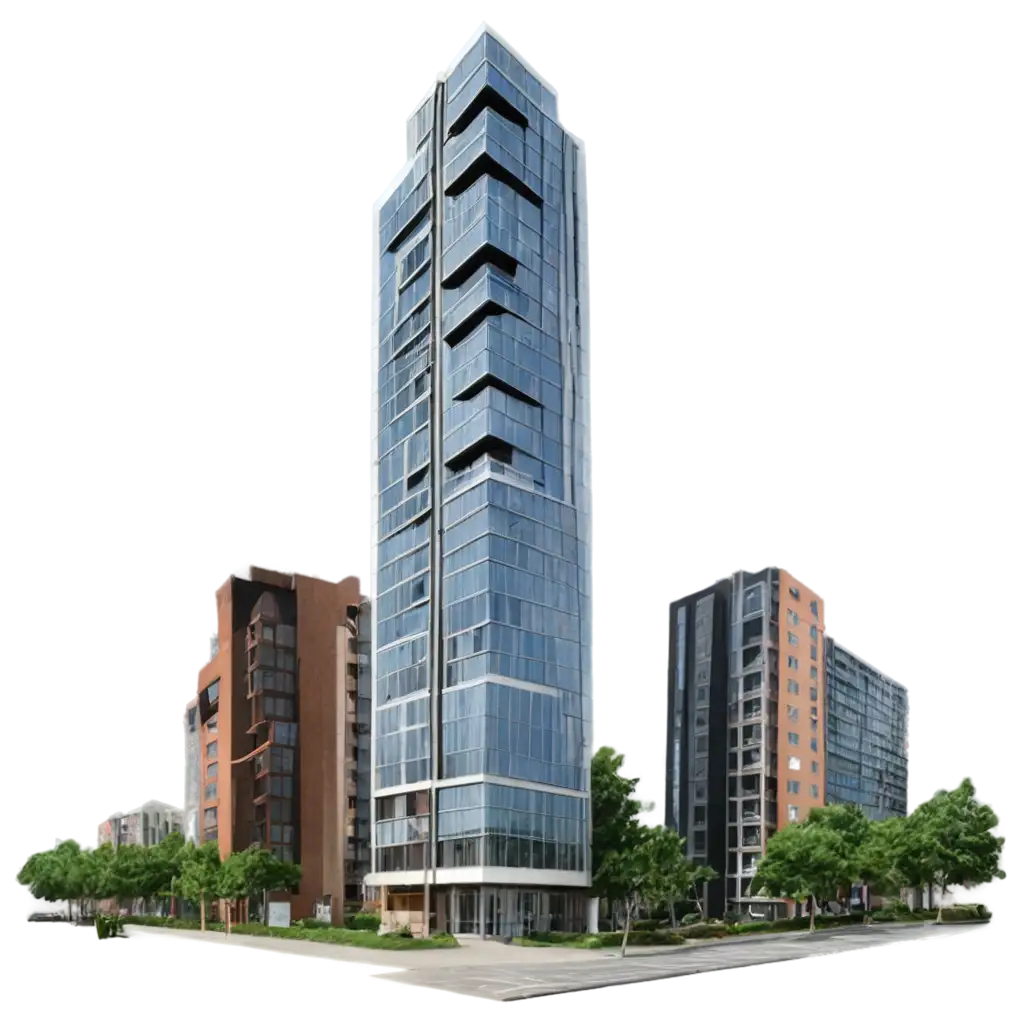
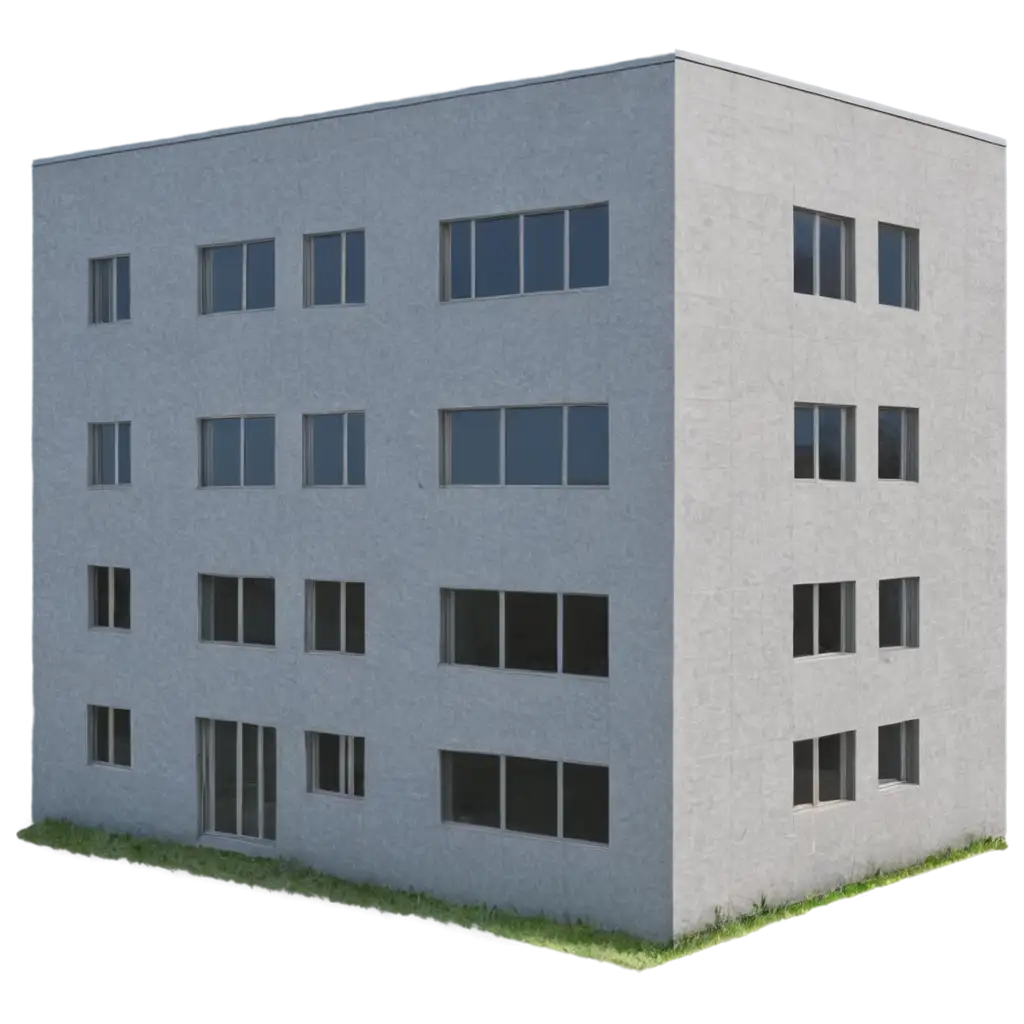
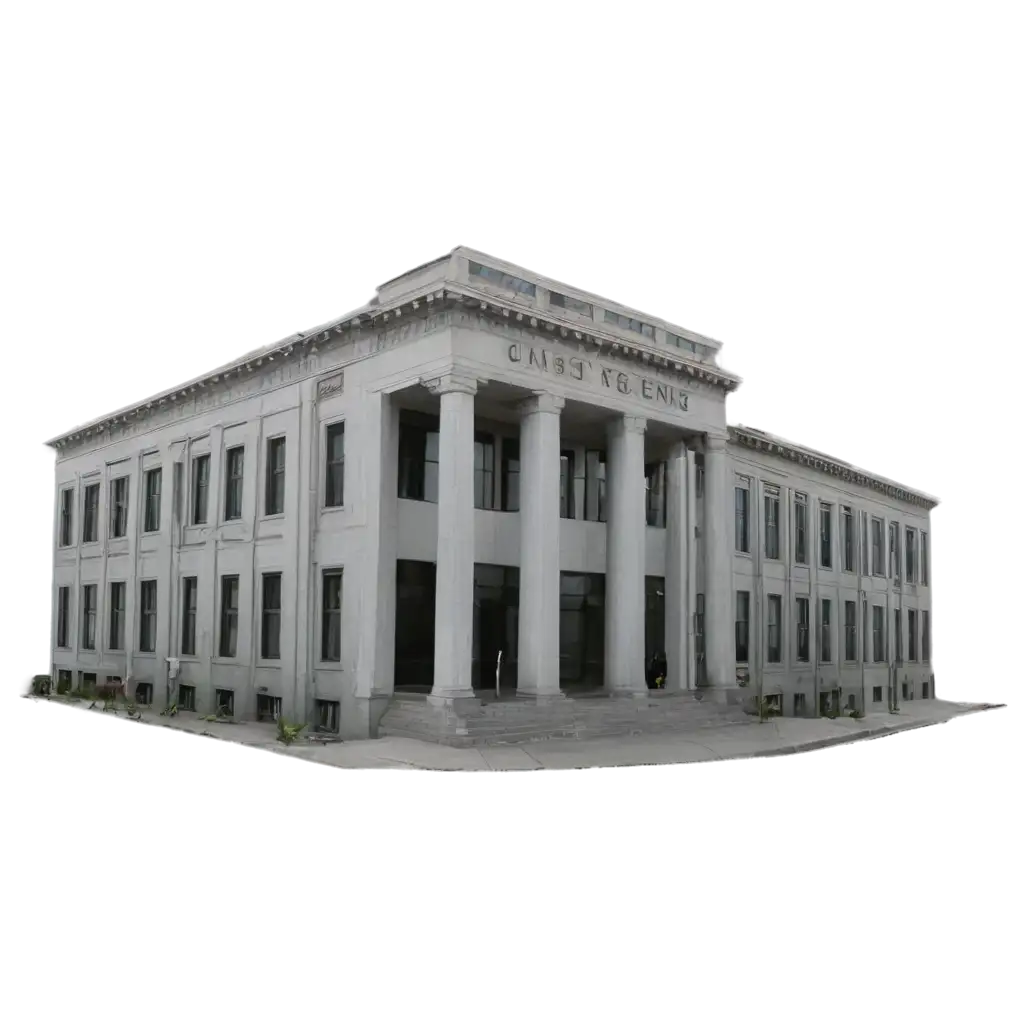
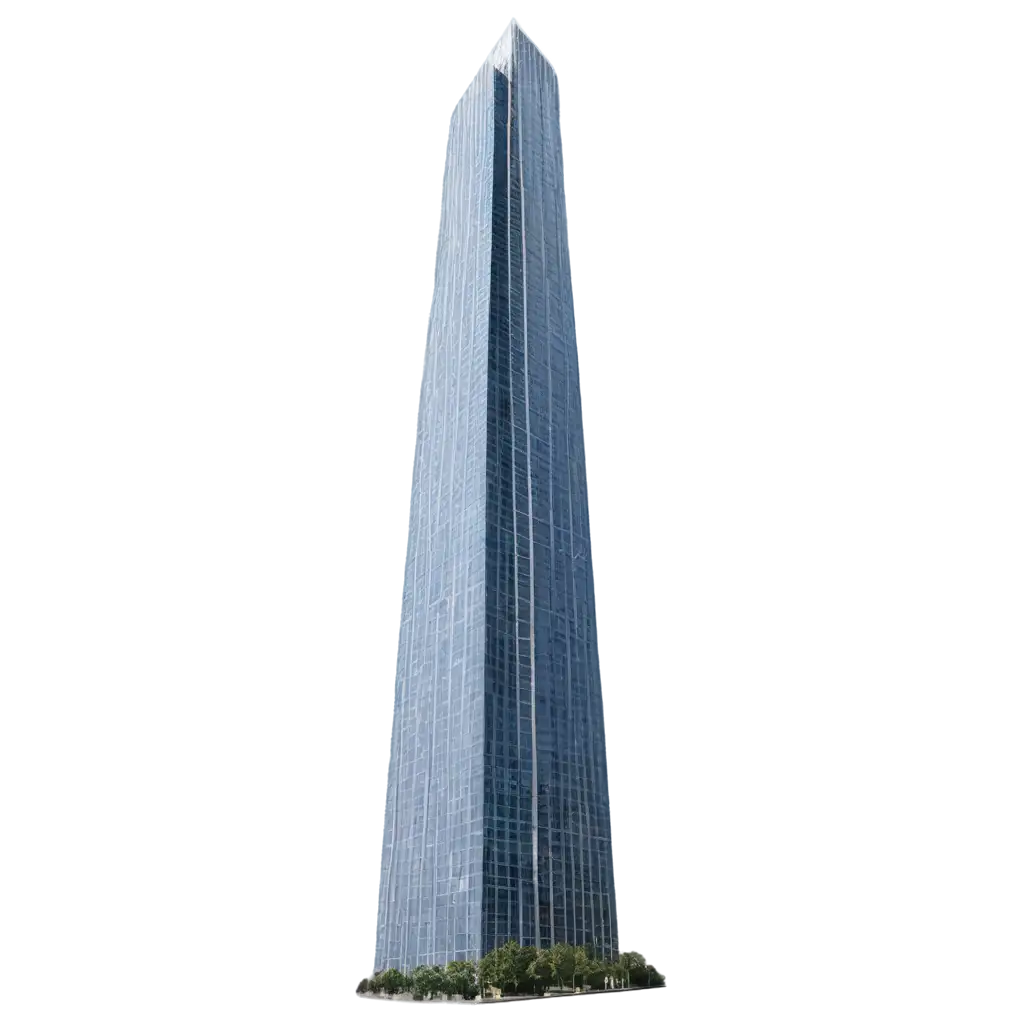
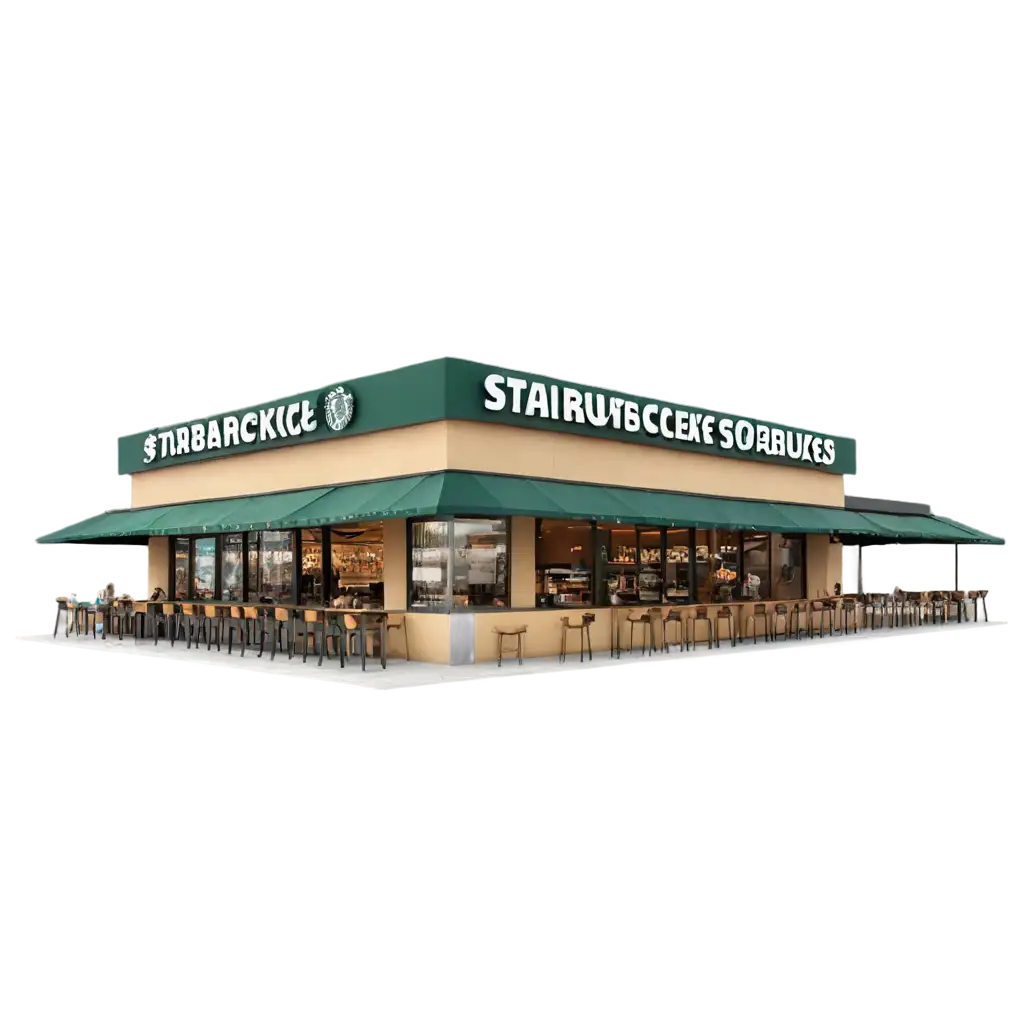

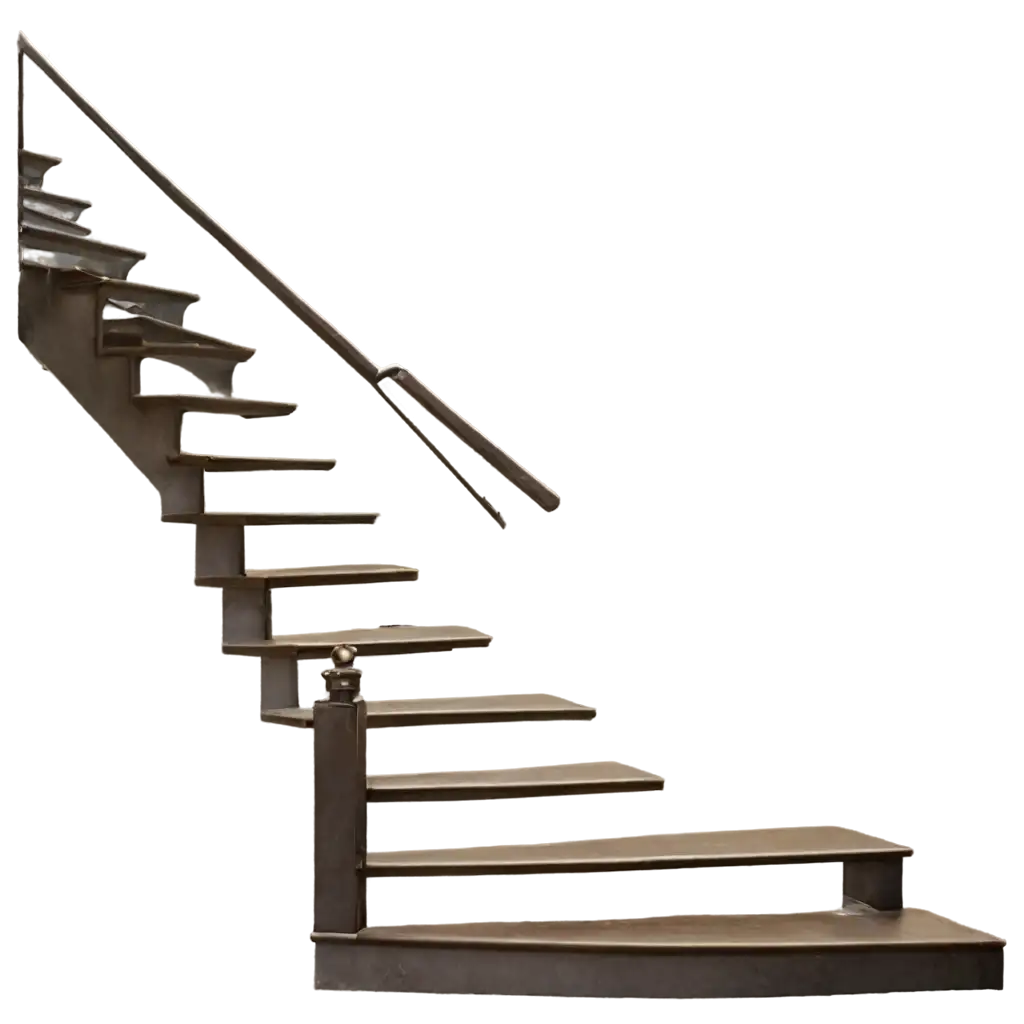
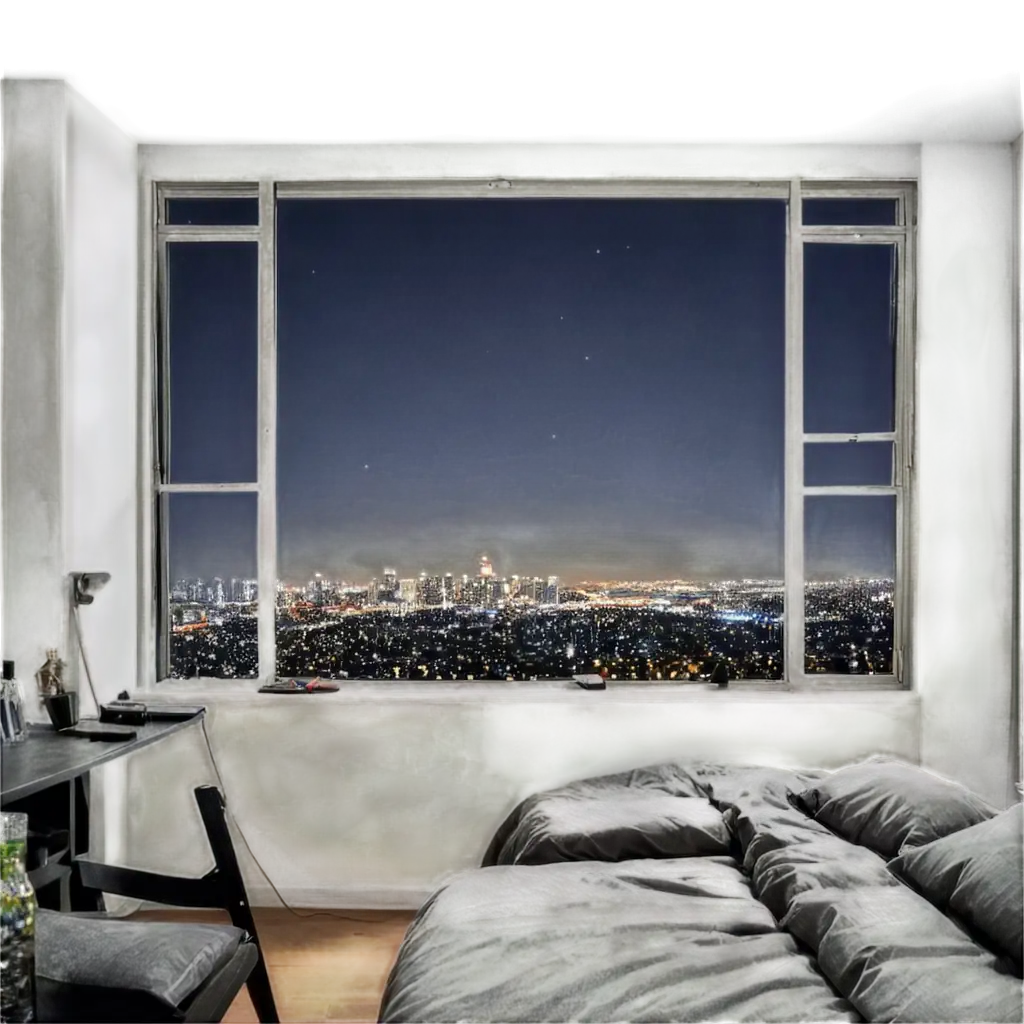
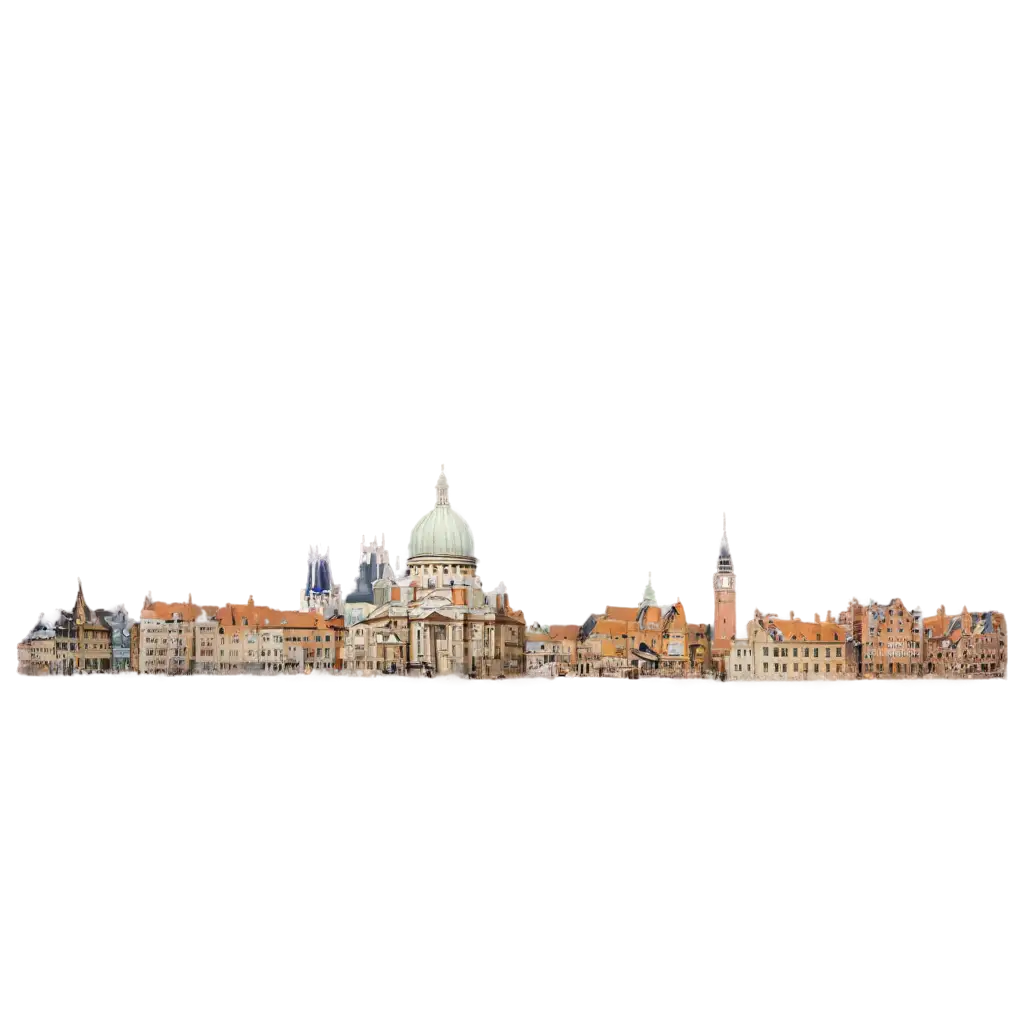
Related Tags
Contemporary Architecture refers to the architectural styles and design trends that have emerged since the late 20th century. This dynamic field is characterized by a departure from traditional forms and an emphasis on innovation, sustainability, and a strong connection between structures and their surrounding environments. Contemporary Architects draw inspiration from a range of influences, including modernist movements, regional vernacular styles, and emerging technologies, to create visually striking and functionally advanced buildings that push the boundaries of what's possible in the built environment.
Definition and Background of Contemporary Architecture
Some key characteristics of Contemporary Architecture include the use of glass, steel, and other high-tech materials, the incorporation of sustainable design principles such as energy-efficient systems and green spaces, and a focus on creating open, flexible floor plans that optimize space and natural light. These design elements can be seen in a wide range of building types, from private residences and commercial offices to cultural institutions and transportation hubs. Contemporary Architects often collaborate closely with engineers, landscape designers, and other specialists to create integrated, holistic designs that seamlessly blend form and function.
Characteristics and Applications of Contemporary Architecture
Some of the most iconic examples of Contemporary Architecture include the Guggenheim Museum Bilbao by Frank Gehry, the CCTV Headquarters in Beijing by OMA, and the Louvre Pyramid in Paris by I.M. Pei. These groundbreaking structures demonstrate the creative potential of contemporary design, featuring complex geometries, dramatic cantilevers, and innovative use of materials. Other prominent Contemporary Architects such as Zaha Hadid, Norman Foster, and Rem Koolhaas have also made significant contributions to the field, pushing the boundaries of what's possible in architecture and inspiring new generations of designers.
Notable Works and Influential Contemporary Architects
Contemporary Architecture has had a profound impact on modern culture, shaping the way we experience and interact with the built environment. These innovative structures have become landmarks and tourist destinations, attracting visitors from around the world and serving as symbols of progress and modernity. Beyond their visual appeal, many Contemporary Architectural projects also prioritize sustainability, social inclusivity, and community engagement, reflecting a growing emphasis on the role of architecture in addressing global challenges. As the field continues to evolve, the influence of Contemporary Architecture is likely to become even more widespread, affecting urban planning, real estate development, and the overall aesthetic of our cities and communities.
The Impact of Contemporary Architecture on Modern Culture